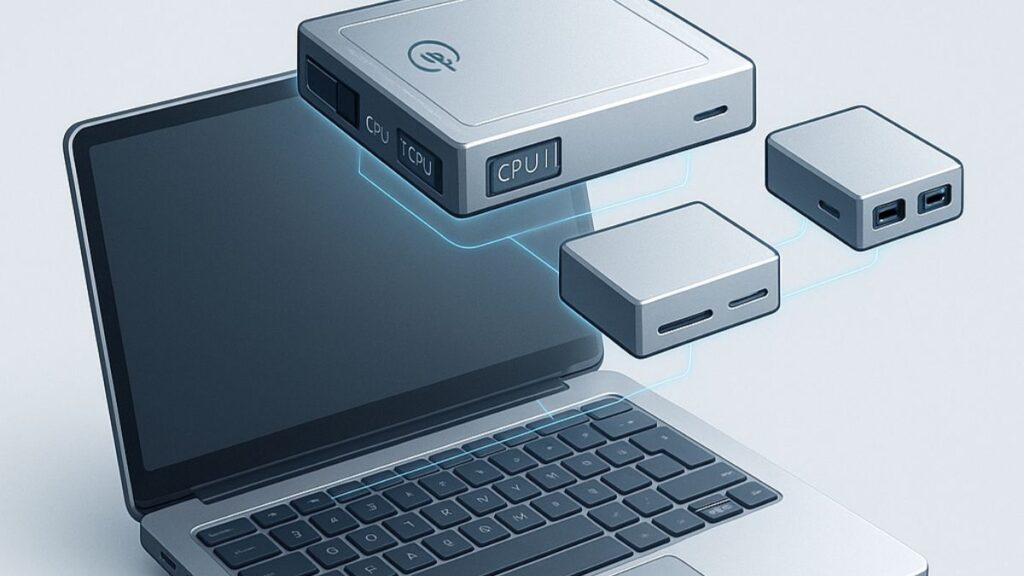There was a pretty big announcement this month. Microsoft and Qualcomm just announced they are developing Snapdragon based laptops running Windows. What makes this interesting is that Windows hasn’t supported a platform other than x86 in its complete form since the late 1990s and the Windows RT—which was ARM-based and failed—was also crippled. This battle reminds me a bit of Game of Thrones because while everyone is suddenly focused on Qualcomm vs. Intel they seem to have forgotten all about AMD which is quietly growing its solution due next year.
Let’s talk about that this week.
Market Dominance Vs. Game of Thrones
If you’ve watched Game of Thrones, it is largely a battle between four large families—each of which has the potential to dominate and rule—and how they go about taking over the seven kingdoms. Each approaches this opportunity very differently and often who actually rules is very different than who actually wears the crown. The PC market is largely dominated by three companies Intel, Microsoft, and AMD. But with the entry of Qualcomm we now have four. Each of these vendors approaches dominance very differently and the two most powerful have been Microsoft and Intel which, like House Baratheon and House Lannister, rule but often don’t like each other much. The similarity to Qualcomm as House Stark is a bit of a stretch but the recent announcement that Microsoft is working closely with Qualcomm for the next generation of workstations is kind of like the Season One connection between Ned Stark and Robert Baratheon—while Microsoft is clearly in the role of “kingmaker” and not “king”.
But as both Qualcomm and Intel chase the microprocessor throne with Microsoft in a clear position to choose the eventual winner, AMD is quietly growing its dragon—codenamed Zen—to eventually challenge for the lead and that makes Lisa Su, AMD’s CEO, the Queen of Dragons. Sadly, Qualcomm has a dragon as its brand, not AMD, which screws this all up.
Looking Forward To Qualcomm Snapdragon Laptops
Up until now there has clearly been a hard choice for highly mobile workers. They could get a tablet which had great battery life and was extremely thin but lousy desktop support or they could get a laptop which had great desktop application support but was thicker, heavier, and generally didn’t have the same long battery life as a tablet. Performance users are much happier because they generally work where power is available and are willing to trade off size for performance—but highly mobile users want a laptop that has the portability of a tablet but the functionality of a laptop. Oh, and most want the thing to always be connected because highly mobile folks often work where Wi-Fi and especially wired connections aren’t available.
With this announcement from Qualcomm and Microsoft on the support of full Windows on Qualcomm Snapdragon suddenly there is the very real possibility of a laptop that has the portability, and built-in LTE support, and the business application support of full Windows in a tablet weight and size laptop. In short, the laptop they have always wanted may finally come to market next year and, given it is tablet technology based and not from Apple, the prices should be extremely aggressive.
The closest thing to what is likely coming in market is the Intel Atom based Lenovo Yoga Book which I’ve been using for a few weeks and think is the precursor for the amazing products to come.
Wrapping Up: But Don’t Forget The Queen Of Dragons…
Intel and Qualcomm’s battle for the next generation laptop will likely be legendary but let’s not forget AMD quietly building on Zen, and out of sight but not out of mind. Lisu Su is expected to bring AMD back into this segment next year with a vengeance and that should result in a legendary battle. Like the next season of Game of Thrones, I can hardly wait!
- The HP OmniBook X Flip 2-in-1 16-Inch: Your New Digital Swiss Army Knife (Now in Glorious Atmospheric Blue) - June 25, 2025
- The Open AI Avalanche: Why AMD’s Collaborative Spirit Is Outmaneuvering NVIDIA’s Empire - June 22, 2025
- Lenovo Embraces OpenBMC: A Step Towards Greater Transparency and Control in the Data Center - June 17, 2025



